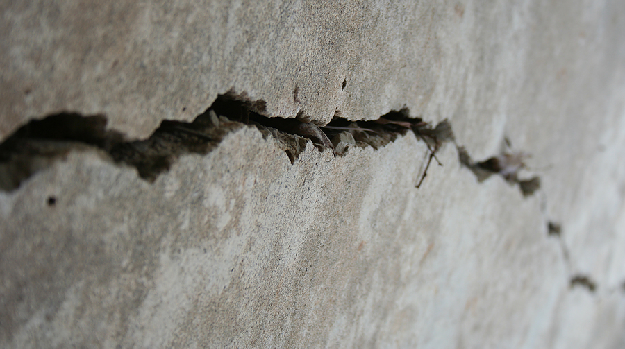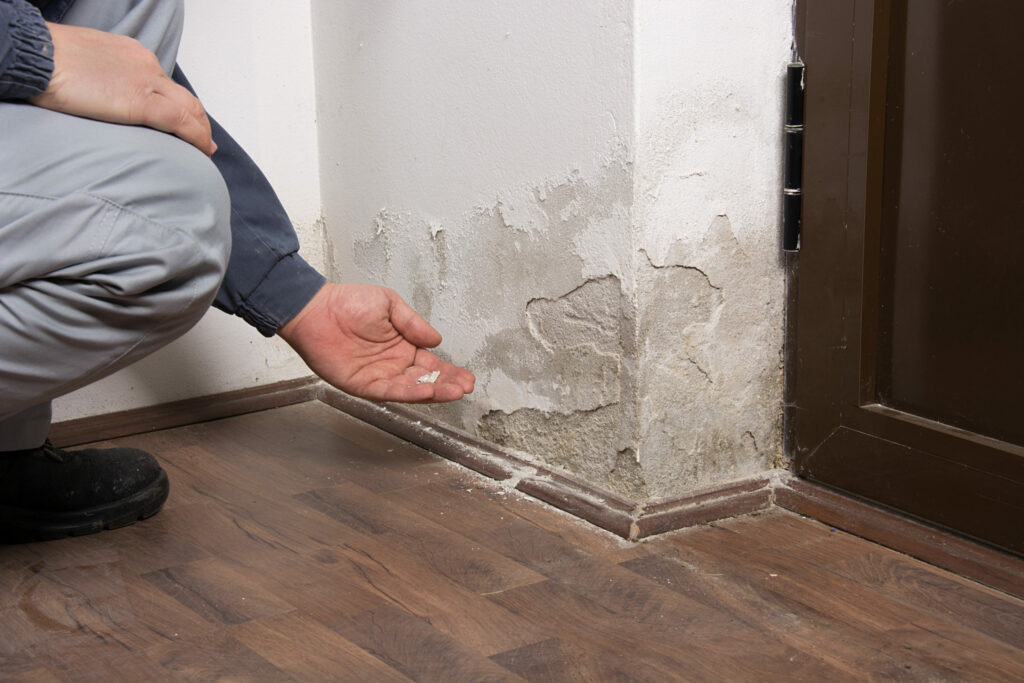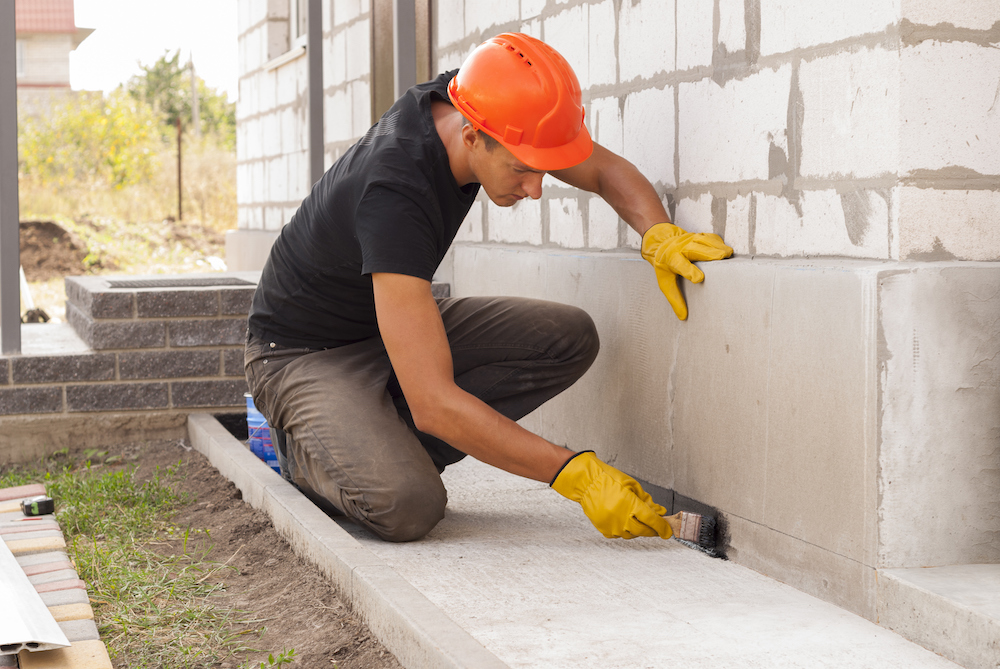If you are like most people, your home is your most valuable asset. Sadly, foundation issues can affect the integrity, safety and value of your home. Keep reading to learn about the cost of foundation repair and ways to finance an investment in the safety of your home.
What Does Foundation Repair Cost?
As frustrating as this answer may be, the honest truth is “it depends”. While the symptoms of foundation issues may be similar for everyone, the causes of the damage and suggested repair plan can vary greatly from house to house. Reputable foundation repair companies like Maestro’s Foundation Repair will take the time to do a complete inspection of your damage, develop a customized repair plan utilizing soil data from your property and will choose the best repair method for your home.
That said, in our experience, the average cost for foundation repair is typically about $5,000 but the range can vary from $2,000 to $15,000 or beyond depending on many factors.

What Factors Influence The Cost of Foundation Repair?
When estimating the cost to repair your foundation, please note every job is different and the cost of your repair will depend on the following:
Your Home
The size, whether it is a one-story or multiple-story home and whether your home was built with a pier-and-beam or slab-on-grade foundation all factor in to creating the best repair plan for your home.
How Much Damage has Already Occurred
Often, when issues are discovered early, the repair plan is much simpler and more cost effective. For example, repairing a foundation before water damage has occurred inside the home is almost always easier and less expensive to fix than after leaks and other plumbing issues have occurred.

What Caused the Damage
Determining the root cause of the damage is important both in fixing the current damage and preventing future issues to your home. For example if your damage was caused by a one-off event like a flood, your repair plan will be very different than if the damage was caused by shifting soil as a result of a drought.
Your Soil
According to the USDA, Texas has nine different types of soil orders, or types of soil. Each has different water absorption characteristics. By leveraging soil data specific to your property, a reputable foundation repair company will be able to customize the repair plan and save you money in the long run.
Financing Options for Foundation Repair Projects
While foundation repair projects can be expensive, it is often a smart investment. Foundation issues tend to start small and get worse over time. Investing in a well designed repair plan will improve the structural integrity, security and value of your home.
If you are concerned about how to pay for foundation repair, here are a few options:
- Apply for third-party financing
- Obtain a Loan from your bank or credit union
- Apply for a Home Equity Loan or Line of Credit
- Refinance your mortgage
- Finance the repair on a credit card

Each option has different advantages and disadvantages depending on how quickly you need the loan, your credit history, employment status, and equity in your home. Let’s review each in detail:
- Apply for third-party financing
Third party financing companies often partner with contractors to finance the cost of home improvement or home repair projects. Like banks, third party lenders require an application and your application may or may not be approved. However, we have seen examples of third party lenders having less stringent loan requirements than other financial institutions like banks or credit unions. In addition, many third party lenders are able to approve loan applications faster than traditional banks, credit unions or other lending institutions. Be sure to review the interest rates, however, as they can be higher than what is offered at other lending institutions.
- Obtain a loan from your bank or credit union
This is often a great option for customers with an established credit record and a steady employment history. Banks and credit unions typically offer lower interest rates than other financing options but may have a longer application review period and a more in-depth application process. While you may want to start with your bank, be sure to shop around as interest rates can vary widely from institution to institution. To help you get started, here’s a list of leading home improvement lenders as of August 2022.
- Apply for a Home Equity Loan or Line of Credit (HELOC)
Home equity loans and lines of credit allow you to borrow based on the equity in your home. Your equity is the difference between what your home is worth and the amount remaining on your mortgage. For example if your home is worth $150,000 and you have paid off $50,000 of your mortgage, you may be eligible for a home equity loan or line of credit of up to 85% of the value of your equity, or $85,000.
Because home equity loans and lines of credit use your home for collateral, they are often available at much lower interest rates than traditional loans, credit cards or other debt financing options. However, it is important to note failure to repay a home equity loan or line of credit could result in losing your home.
What’s the difference between a home equity loan and a home equity line of credit? Like a traditional bank loan, a home equity loan is for a specific amount, with a fixed interest rate. Borrowers must make regular monthly payments until the loan has been repaid.
A home equity line of credit, or HELOC, allows you to borrow as needed up to your credit limit. HELOCs typically have a variable interest rate, and payments are not typically fixed.
- Refinance your Mortgage
With a cash out refinancing, you refinance your home for more than you owe and take the difference in cash at closing. This can be a great option if:
- You can refinance at a lower interest rate than you currently have
- Your home has appreciated in value since you took our your original mortgage
While the cash you take out is tax free, please note you will have to pay it back as part of your new mortgage. However, the interest rates should be much lower than other lending options. Also note you may have to have a certain credit score to qualify for a cash out refinancing.
- Finance the repair on a credit card
If none of the options listed above work for you, you may want to consider financing your foundation repair project on a credit card. While interest rates on credit card purchases are higher than HELOCs and other loans, this option makes sense if you will be able to pay down your credit card in a short period of time. In this scenario, you avoid hefty interest payments and may leverage your credit card points for other household expenses.
Summary
Because every foundation repair project is truly unique, it’s difficult to estimate the cost of your repair without completing an evaluation of the damage. However, most foundation repair projects are expensive, and several options exist to cover the cost of the repair if you don’t have funds saved already. Customers with strong credit histories, stable employment and equity in their home may find refinancing their mortgage or taking out a home equity loan or line of credit to be their best option. Other consumers may find bank loans, third party lender loans and/or financing the repair on a credit card to be viable paths forward for them.
